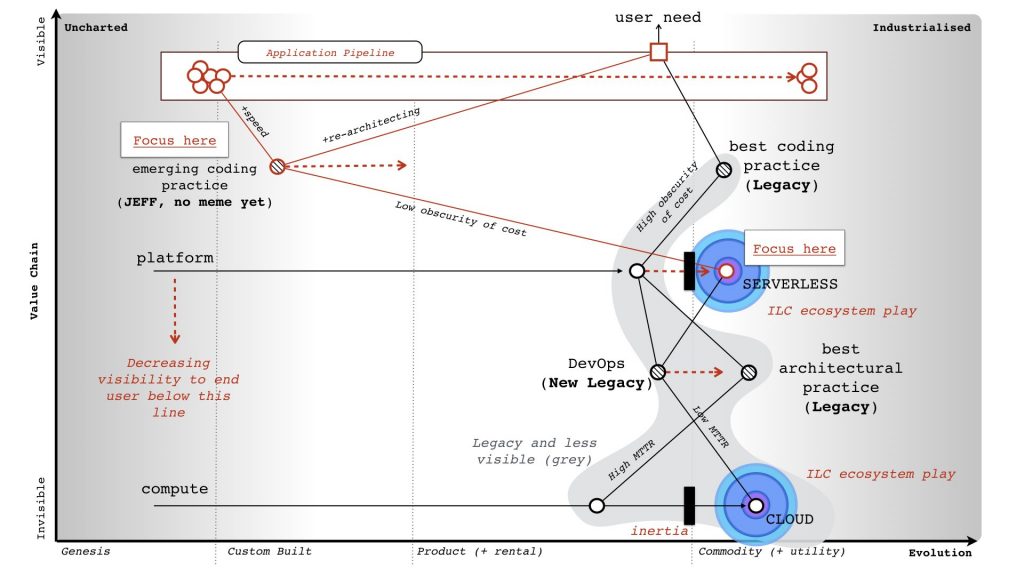Serverless is a buzzword
It points to the future of software development in a post cloud world.
The idea of “Serverless” is NOT about removing the servers completely (or you couldn’t use the internet at all), but essentially paying for services that mean that someone else manages the servers for you thereby reducing maintenance load.
It’s all about reducing the obscurity of cost.
Spend control is a necesary evil that enable the organizations to understand where they are allocating their resources. The allocation of the limited resources at the best place of the organization will enable itself to be more competitive.
Total cost of Ownership (TCO) enables to understand the end to end amount of resources that an visible element consumes at its whole lifecycle. When calculating the TCO, there are always assumptions required as not all costs are direct costs that clearly you can assign to a single asset.
Here is where serverless shows up.
The reduction in obscurity of cost through serverless will change the way we develop, build, refactor, invest, monitor, operate, organise & commercialise almost everything.
The idea is to move to a scenario where you are performing the billing per function, where you are investing as much as possible on visible value for your organization, reducing the OPEX as much as possible, and having understanding about where your resources are allocated.
Simon Wardley did a map that illustrates the case:
Source: https://serverless.zone/serverless-is-just-a-name-we-could-have-called-it-jeff-1958dd4c63d7
Serverless Framework
It is a free and open-source web framework written using Node.js. Serverless is the first framework that was originally developed for building applications exclusively on AWS Lambda, a serverless computing platform provided by Amazon as a part of the AWS.
From the framework, it birh Serverless, that is a toolkit for deploying and operating serverless architectures. Focus on your application, not your infrastructure.

